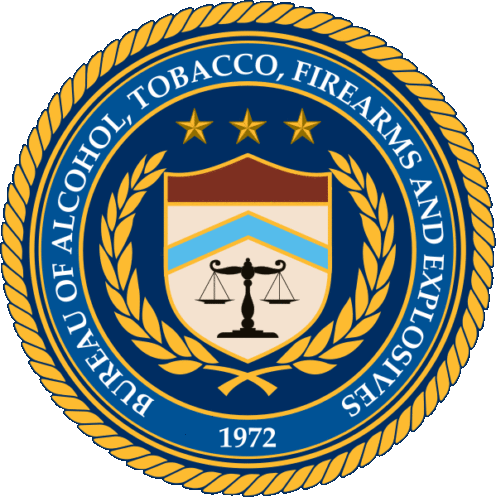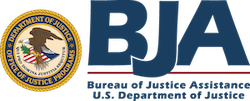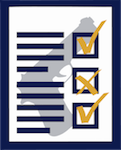Key Takeaways
Timely submission of evidence into NIBIN.
- The NCGIGB recommends that police agencies submit fired cartridge cases and recovered crime guns to their NIBIN site within 24 hours of collection.
Timely and accurate firearms trace requests for all recovered crime guns.
- Trace requests should be made the same day as NIBIN submission.
Ballistic Imaging and Correlation NIBIN Sites
The forensic laboratory/NIBIN site plays an important role in the crime gun intelligence process. These locations are responsible for the entry of ballistic evidence into the NIBIN system and determining potential matches or NIBIN leads. ATF’s national network allows a submitted cartridge case to be digitally imaged and auto-correlated against all other images previously entered. In most instances, auto-correlation is conducted at a regional level spanning numerous jurisdictions but it can, in appropriate circumstances, be conducted nationally. Once auto- correlation occurs, specialists review the results to make human-eye determination of potential matches or NIBIN Leads. ATF’s NIBIN National Correlation and Training Center (NNCTC), which currently conducts correlation reviews for 31 NIBIN sites representing 183 law enforcement agencies, has a 98.9% confirmation rate for all NIBIN Leads generated. The NNCTC is expanding over the next two years to eventually service all NIBIN sites throughout the United States freeing up assets at local sites and allowing them to focus on timely collection and entry of evidence. Since the program’s inception in 1999, NIBIN partners have captured approximately 3.7 million acquisitions of ballistic evidence and have generated more than 137,000 NIBIN leads, but the true performance metric of NIBIN is the successful arrest and prosecution of shooters.
In traditional forensic firearms examinations, cases would be submitted and fall into a backlog, awaiting full examination. Each case, prioritized based on violent crime level and trial dates, would eventually be analyzed. Lower level, non-violent cases, or those not going to trial may take months or years to be analyzed. Typically, evidence was submitted into NIBIN at the end of this process.
In the past, NIBIN leads were generated, too often, twelve to eighteen months after recovery. This approach is not an efficient or effective use of resources. It minimizes or misses critical investigative leads. Several successful major city police departments, including those with ISO 17025 accredited crime labs, have developed streamlined workflows to screen firearms evidence, better use their resources, and maintain all quality standards. These sites share the following suggested features:
- Accept all submitted firearms related evidence suitable for NIBIN (crime guns for test fire and fired cartridge cases).
- As appropriate, collect any other forensic evidence, prior to NIBIN processing.
- Identify all high confidence correlations (NIBIN Leads), perform technical review, and release the lead to the Crime Gun Intelligence Center (CGIC).
- Individual agencies may develop practices about whether they wish to have a forensic examiner confirm all NIBIN leads or to do so only upon request.
The critical key is to implement processes that combine all relevant forensic practices, while maintaining timely notification of NIBIN leads. There are a number of innovative and proven methods of accomplishing this. Viable options include:
- DNA swabbing of the firearm in the field by trained crime scene or law enforcement personnel.
- Prioritization and timely processing of firearms and firearms evidence for fingerprints and DNA. In this context, processing refers to sample recovery. The firearms evidence can be streamlined into a workflow, where appropriate forensic evidence is collected, and the firearms evidence is quickly returned to the firearms unit/NIBIN site.
- Recovered forensic evidence can be stored for future analyses or immediately submitted to the appropriate unit, depending on agency policies.
- Latent print and DNA recovery is possible on firearms. This is an agency specific policy, which should be developed in conjunction with your forensic service provider.
- Based on available recovery data, most forensic laboratories do not attempt to recover latent prints from fired cartridge cases.
- Use test fire processes for NIBIN entry that are not disruptive to potential trace evidence.
- Recent advances in DNA technology allow for the possible recovery of DNA from fired cartridge cases. This is agency specific, which should be developed in conjunction with your forensic service provider. If adopted, the collection of DNA should be done a timely manner with any FCCs returned to the firearms unit/NIBIN site for entry.
About NIBIN
In 1999, ATF established the National Integrated Ballistic Information Network (NIBIN) to provide federal, state, and local partner agencies with an automated ballistic imaging network. NIBIN is the only national network that allows for the capture and comparison of ballistic evidence to aid in solving and preventing violent crimes involving firearms. NIBIN is vital to any violent crime reduction strategy, because it provides investigators the ability to compare their ballistics evidence against evidence from other violent crimes on a national, regional and local level, thus generating investigative links that would rarely be revealed absent the technology.
NIBIN Locations
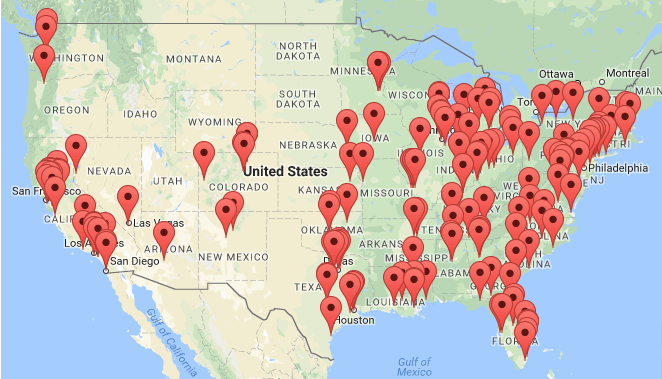
Click here to visit ATF's interactive NIBIN site map.
Additional Resources
Comprehensive Tracing
National Firearms Tracing Center
The ATF National Tracing Center (NTC) is a critical component of crime gun intelligence. Through the serial number and other relevant information from a crime gun, the NTC can track a firearm from manufacture to the first retail purchaser. In instances where firearms were illegally purchased or transferred, the trace information is important to determine the identify of individuals involved in providing firearms to the criminal market. Tracing information can also reveal interstate trafficking schemes that are responsible for diverting large numbers of firearms from the normal means of commerce into the black market making them available for use in violent crime. More than any other CGI component, firearms tracing helps direct appropriate resources at the front end of the shooting cycle - the point of diversion.
To incorporate firearms tracing into a comprehensive crime gun intelligence program, the following guidance are suggested for recovering agencies:
- Implement policy that emphasizes the trace request of all recovered crime guns on the day of recovery.
- Ensure that trace requests contain accurate information from the firearm.
- Implement policy that quickly provides firearms trace results to appropriate investigators.
- Coordinate with the local ATF office or CGIC to request urgent traces when appropriate.
- Coordinate with the local ATF office or CGIC to request training on firearms identification for agency personnel who submit firearms traces.
NTC and Tracing Resources
- ATF eTrace Program (Webpage)
- ATF National Tracing Center and eTrace (PDF)
- ATF Firearms Tracing Flyer (PDF)
- Properly Identifying a Firearm for Tracing (Webpage)
- Submitting Firearms Trace Requests (Webpage)
- FFL Burglary and Robbery Statistics 2012-2016 (Publication)
- ATF Publication 3312.13 ATF Firearms Tracing Guide (PDF)
- Police Officer’s Guide to Recovered Firearms ATF (PDF)
About the NTC
The NTC is the only organization authorized to trace U.S. and foreign manufactured firearms for international, federal, state, and local law enforcement agencies. Firearms trace requests may be submitted to any law enforcement agency in the course of a bona fide criminal investigation. Trace request forms (ATF F 3312.1, National Tracing Center Trace Request) are available online or by contacting the ATF National Tracing Center at 1-800-788-7133.
Firearm Trace Data
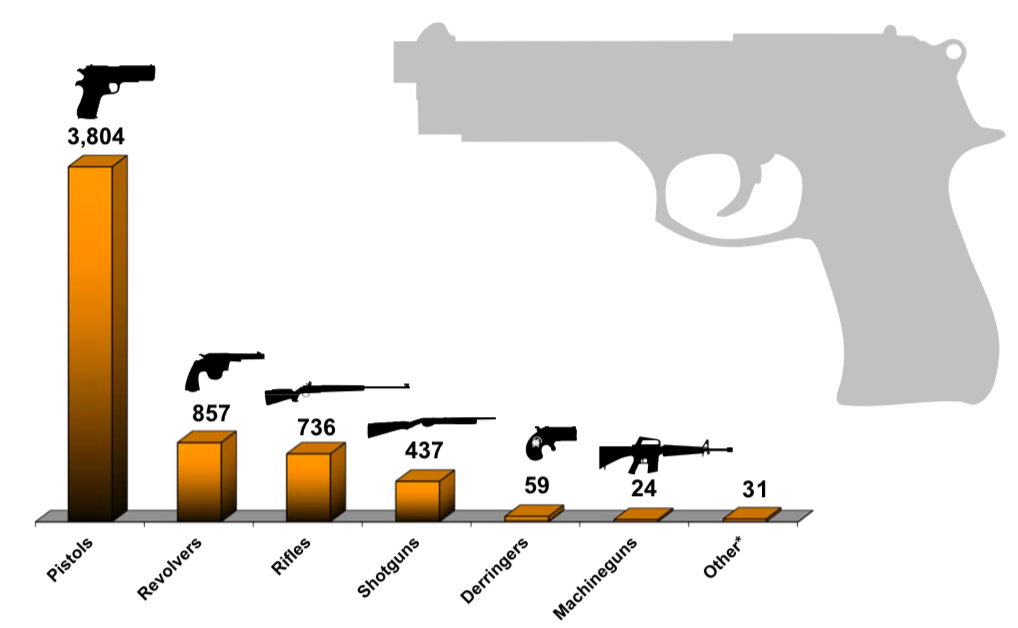
Firearm trace data is critically important information developed by ATF. ATF has prepared the following state-by-state reports utilizing trace data which is intended to provide the public with insight into firearms recoveries.

